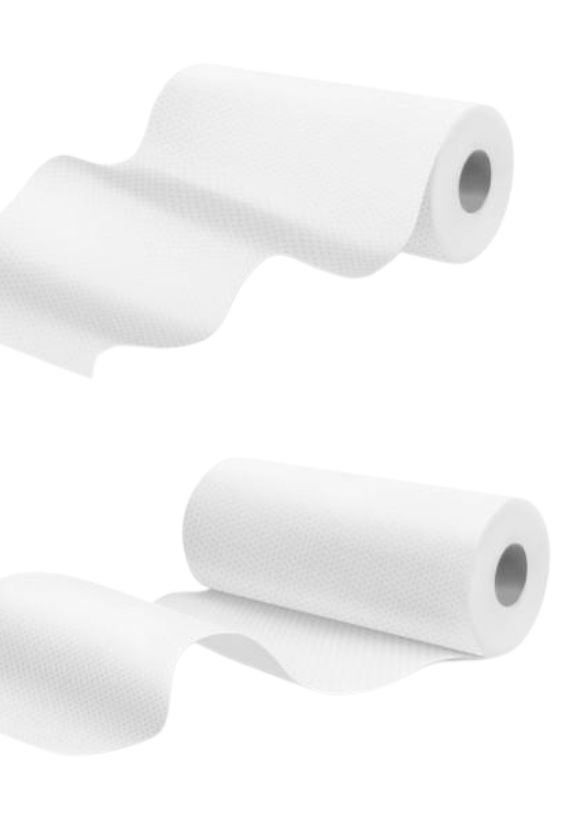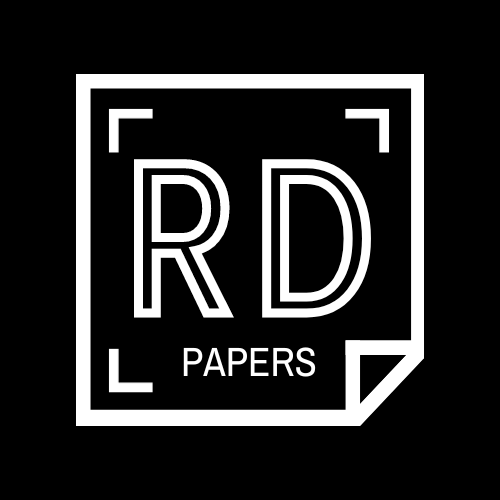Absorbent Paper

Absorbent Paper
Absorbent paper is a specialized paper designed to soak up and retain liquids, making it ideal for a variety of industrial, medical, and consumer applications. Made from high-quality cellulose fibers, absorbent paper offers exceptional liquid retention while maintaining strength and durability. Whether it’s for filtration, packaging, or household use, absorbent paper is a versatile material that supports both functional and environmental goals. With its ability to handle moisture efficiently, it is a preferred choice in sectors where liquid control is essential.
Product Details:
| GSM Range | 100, 120, 150 |
| Type | Waste, Agro, Virgin, Grade |
| End Use | Laminates, Sun Mica |
- Features Of Absorbent Paper
- Application of Absorbent Paper
- Contact Now
Absorbent paper is the kind of paper designed to soak up and retain liquids with efficiency. It possesses a porous structure and a special composition that would make it effective in many applications. Here are the major features of absorbent paper:
1. High Absorbency
Major Feature: Absorbent paper is specifically engineered to absorb and retain the required amount of liquids like water, oils, and chemicals. Its high absorbency makes it ideal for cleaning, filtering, and blotting applications.
2. Porous Structure
Open Fiber Network: The fibers in the absorbent paper are structured in a way that is open and porous. This absorbs and traps liquids in the paper matrix. It sops up the liquids better through this structure.
3. Fast Wicking
Capillary Action: Absorbent paper often has high wicking properties, meaning that it can pull liquids into itself through capillary action. This makes it able to draw liquids quickly from surfaces or through itself for filtration purposes.
4. Softness and Flexibility
Absorbent paper is soft and pliable to let it be modeled around shapes for cleaning or absorbing. That softness is very critical in applications like facial tissues and paper towels.
5. Variation in Thickness and Density
Absorbent papers have many different thicknesses and densities relative to their intended usage. Thicker absorbent papers hold much more liquid than thinner ones. As such, they are mainly used for tasks requiring not so much in absorption.
6. Wet Strength
Many kinds of paper become soft or even tear when wet but absorbent paper can be designed to withstand even saturation without losing strength or integrity; this is important for industrial wipes or filter papers.
7. Quick Drying
In applications where liquids are being repeatedly absorbed and allowed to evaporate after having been absorbed, many grades of absorbent paper have been developed to dry rapidly.
8. Personalizable Compositions
Absorbent paper can be produced using various fibers, such as wood pulp or cotton fibers, or synthetic material. The type of fibers chosen depends upon the different required properties such as absorbency, strength, and durability.
9. Neutral to Chemicals
Absorbent paper is chemically non-reactive, making it fit for sensitive applications such as medical or laboratory use, where there has been a need to avoid contaminants.
10. Possible Lamination and Coating
Some absorptive papers are coated or laminated to enhance their absorptivity, durability, or functionality, like chemical or liquid resistance.
11. Low Linting
High-value absorptive paper must provide virtually no lint or fiber breakage that is needed in critical applications, such as cleaning optical equipment, medical tools, or electronic equipment.
12. Heat and Chemical Resistance
Some absorbent papers are created to be resistant to heat or chemicals so that they can remain unharmed through exposure to such states without being degraded and hence quite useful in industrial or laboratory work where such an exposure is the rule.
13. Eco-Friendly Types
There are some absorbent papers made from recycled materials or biodegradable fibers in which lies an aspiration to save the environment. These absorbent papers will break down naturally after use. In some applications of absorbent paper, for example, filter paper, the air-permeability may play an important role. The paper allows the passage of air or other gases but traps and retains liquids or fine particles.
15. Coloured and Texture variation
Absorbent papers can be available in any color and texture primarily for aesthetic purposes, though certain functions can be achieved with varying texture and perhaps finish in art applications and specialty cleaning products.
Absorbent Paper in Sunmica and Laminations: An Important Element in Decorations in Homes and Business Places
Absorbent paper plays a very essential role in the sunmica and laminations commonly used in home and commercial decorations. Sunmica is one brand of decorative laminates that boasts staying power, with fine look and easy maintenance. But behind these lies a crucial element absorbent paper.
In the lamination process, resins are impregnated into the absorbent paper so that it can bond with other layers and forms a hard, wear-resistant surface. The layer not only builds up hardness in the final product but also enhances its resistance to moisture and stains. Laminates prepared from absorbent paper are suitable for countertops, furniture, and wall panels.
While its functional qualities have their advantage to the user, it is its capacity for vibrant designs and patterns that has made sunmica and laminates both practical as well as ornamental. It can hold dyes and resist fading in the colors, which makes color longevity go a long distance in favor of interior designers and homeowners.
